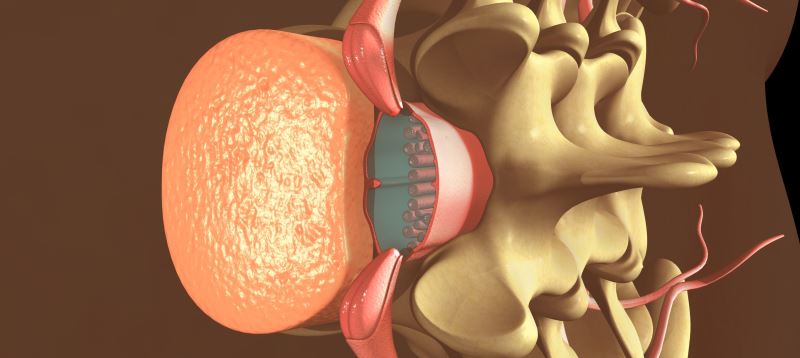Spinal Fluid Leaks – Causes, Symptoms & Treatment
Category: Spine | Author: Stefano Sinicropi

Cerebrospinal fluid is a clear liquid that protects the central nervous system in your brain and spine. It helps deliver key nutrients to these areas as well as reduce waste products, and problems can occur if this liquid leaks out of the spinal canal. Today, we take a closer look at what can cause a cerebrospinal fluid leak, as well as how to treat the issue.
Causes and Symptoms Of Spinal Fluid Leaks
Cerebrospinal fluid flows throughout our spinal canal and brain area, but if a hole develops in an area where fluid passes, leaks can occur. This can cause a shortage of fluid, which can lead to a number of painful symptoms. But before we describe symptoms of spinal fluid loss, let’s explain what causes spinal fluid leaks.
Leaking spinal fluid is a rare development, but it most commonly occurs in the thoracic area of our spine. A leak can occur if the area is not well-maintained during a surgical operation where the fluid is drained. For example, if your body has too much cerebrospinal fluid, a procedure may be needed to drain it to a correct level, but leaks can occur if the draining opening doesn’t seal correctly. Trauma to the spine or an accidental puncture during a separate spinal procedure or while anesthesia is being administered are other common causes of cerebrospinal fluid leaks. Some patients also report symptoms after experiencing whiplash, and leaks have been known to develop when caused by the development of spinal bone spurs.
Symptoms of leak or improper levels of cerebrospinal fluid include:
- Headaches, especially when standing
- Nausea
- Ringing of the ears
- Blurred or double vision
- Facial numbness
- Tingling sensation in the arm
- Hearing loss
Cerebrospinal Fluid Diagnosis and Treatment
If you are experiencing any of the above symptoms, especially if you just underwent a medical procedure, you should consider visiting a spinal specialist. If the doctor has a good idea as to the location of the leak, they may be able to use imaging techniques to diagnose the problem, however, if the location is unknown, a lumbar puncture may be performed. This procedure involves puncturing the spinal canal and injecting a dye to allow the doctor to view the fluid, as well as search for leaks.
Once diagnosed, treatment can begin. Treatment will depend on your symptoms and the location of the leak, but common treatment techniques include rest and hydration, as the body has the ability to heal some leaks on its own. If the surgeon believes a more hands-on approach is necessary, you may be given a form of steroids to help expedite the healing process, or a surgical repair or blood patch operation may be performed. Blood patches are generally successful, but surgery may be necessary if it doesn’t fix the problem. Doctors will view the fluid after surgery to make sure the leak has stopped, and then you’ll track your symptoms in the next few days to see if problems alleviate.